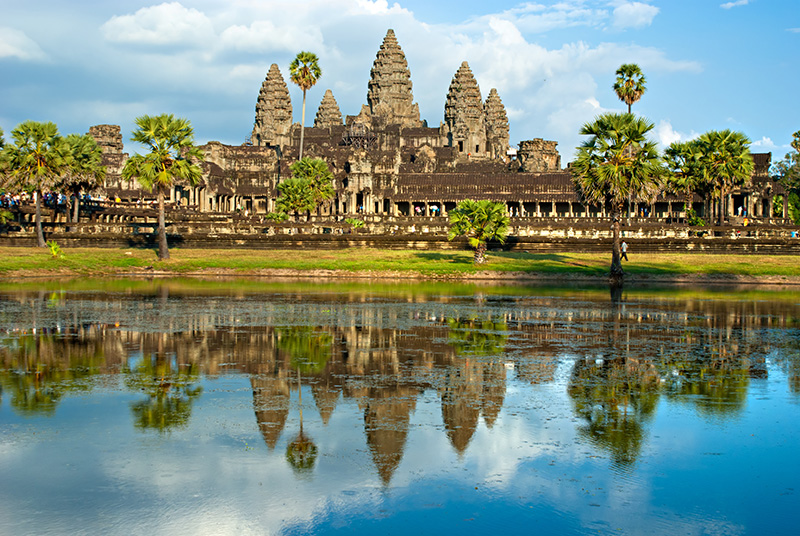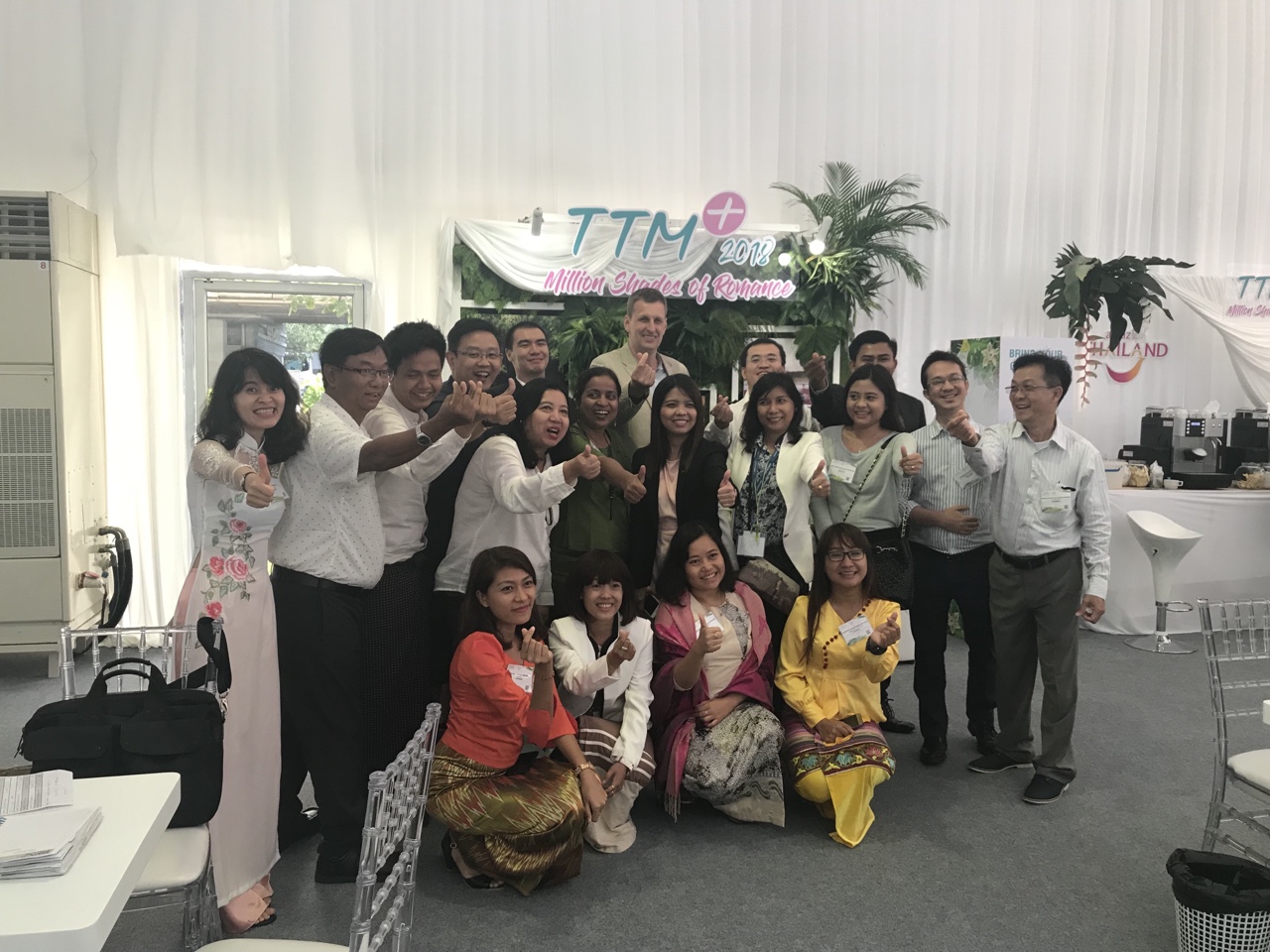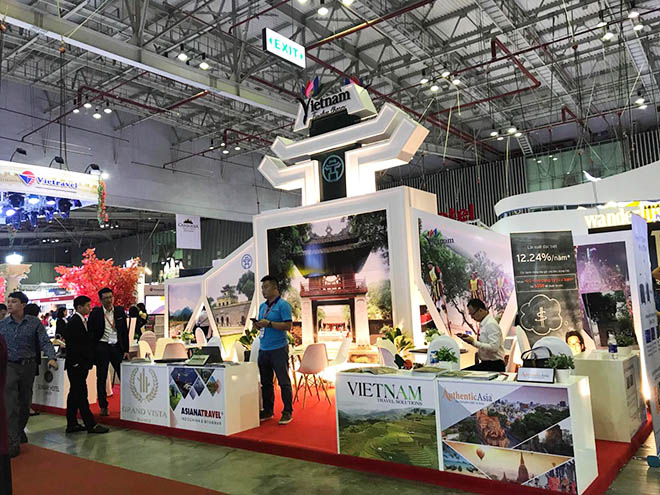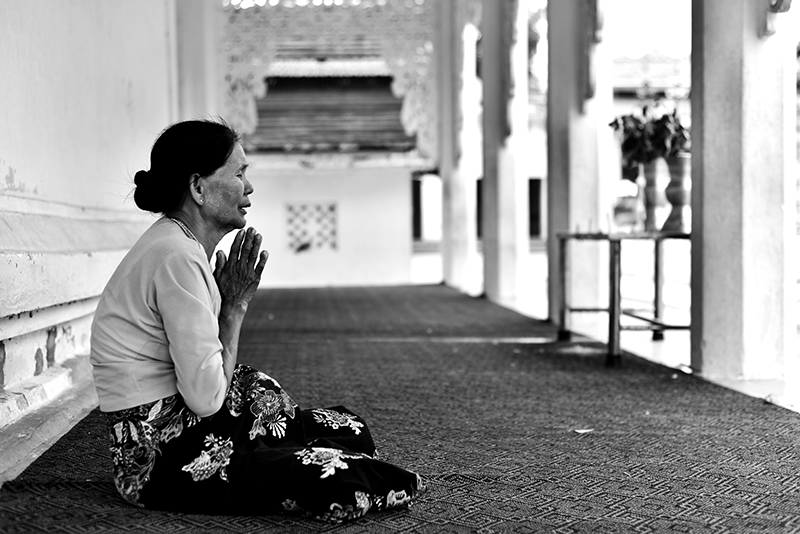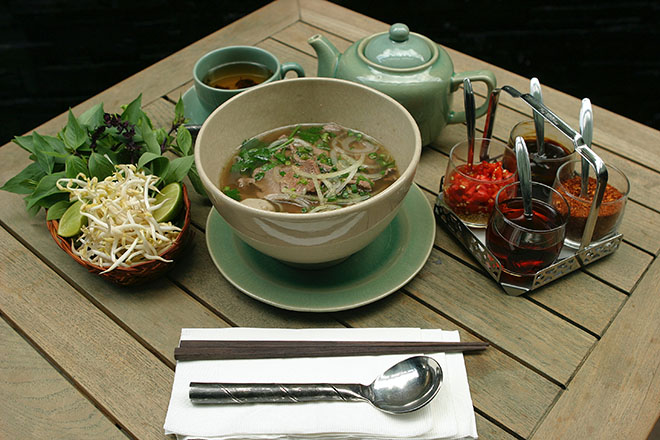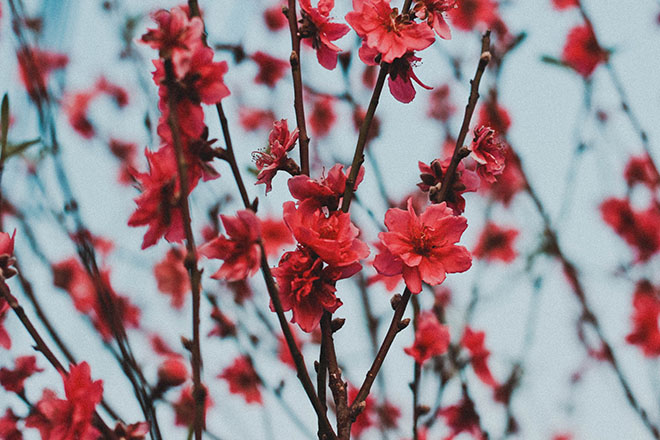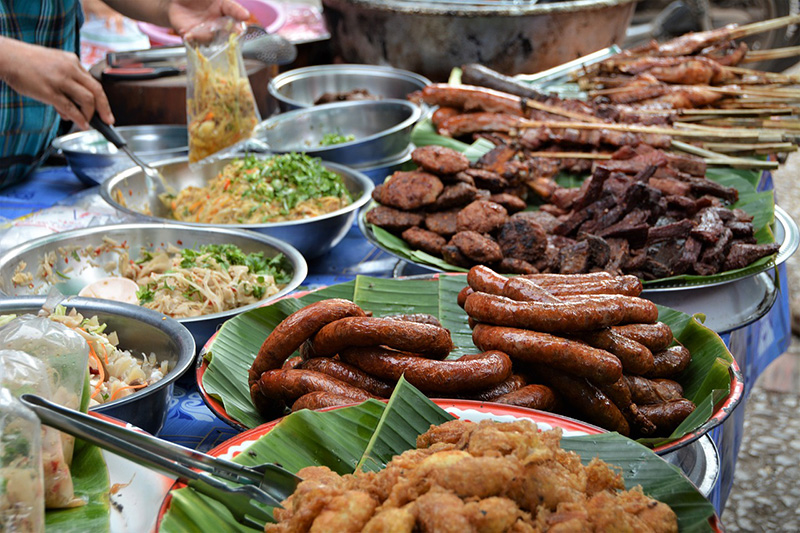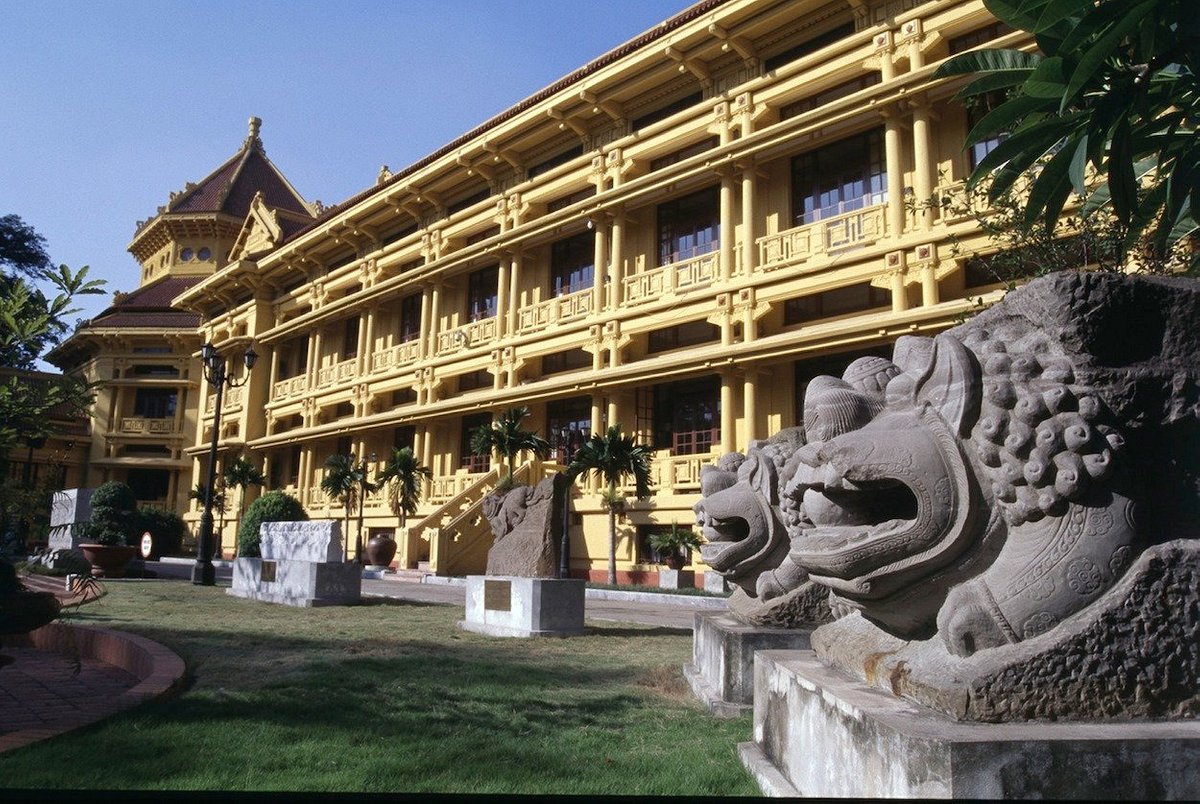
Where to see Vietnam's rice terraces?
Tue, 09/10/2024 - 08:37
In Vietnamese folklore, there is a story in which the gods gifted rice to the people so they could live easily. However when carrying out the gods’ wishes, the messenger mistook a bag of grass for a bag of rice. Because of this, grass grows easily, while rice has to be tended with special care.
This and other legends show Vietnam’s unbreakable bond with rice, which is cultivated across the country. In the centre and south, rice is grown in paddies on flat plains; but in the north, rice is grown in spellbinding terraces that carve up the mountainsides. Here are five of the best places to find rice terraces in Vietnam, and the ideal months to visit.
Mù Cang Chải

Mù Cang Chải is a humble district with a proud secret. The area’s striking rice terraces are arguably the most spectacular in Vietnam. These terraces were built by the H’mong ethnic minority, mountain people who have farmed this land for more than twenty generations. Mù Cang Chải’s terraces cover more than 2,000 hectares, stretching as far as the eye can see. Photographers from all over come during harvest season in hopes of capturing its jaw-dropping beauty.
When to visit:
You can enjoy the beauty of Mù Cang Chải year-round, but September and October are when the stalks are golden and heavy with rice.
Y Tý
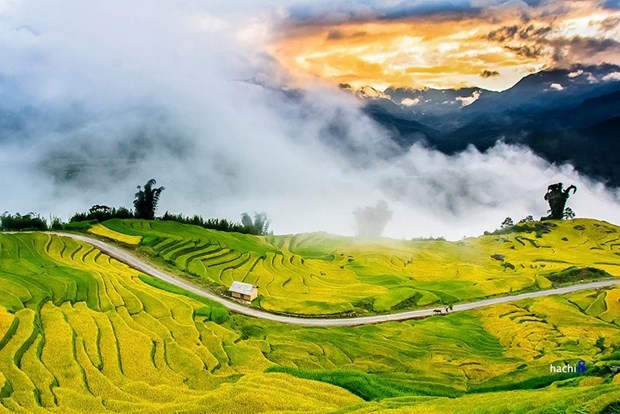
Deep in the mountains of the northeast, this small community claims a pocket of picturesque rice terraces and forests in the highlands. Y Tý is known in Vietnam as a ‘cloud hunting’ destination, a two-hour drive from Sapa. Climb to the peak of Nhìu Cồ San Mountain, 2,700 metres above sea level, to see the ‘roof of clouds’ for yourself. Y Tý is home to the Hà Nhì people, a small ethnic group that wears eye-catching traditional dresses and still builds their homes with clay walls and thatched straw roofs.
When to visit:
For the best views of the terraces, plan your stay during the ‘watering season’ in May, or in late September when it’s time for harvest.
TIP: If you have time, plan a stop at Y Tý’s weekly Saturday morning market, for a chance to meet Hà Nhì and other ethnic groups that live in the area.
Sapa
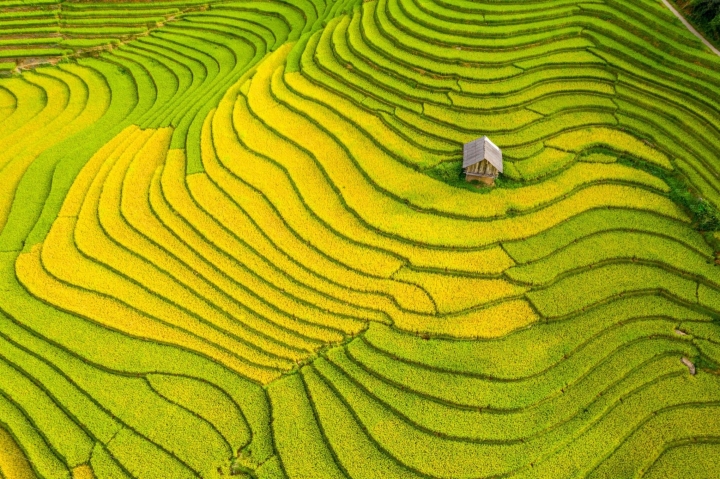
The mountain town of Sapa is the perfect base for discovering the wonders of northern Vietnam. Just a short hike or drive from the town, you’ll find incredible valleys, with rice terraces blanketing the slopes from misty peaks down to rushing streams. Sapa has trails for every kind of trekker, and you can plan multi-day hikes to spend more time amid these amazing landscapes. Staying in an ethnic village or ethnic homestay in Sapa will give you a deeper appreciation of this region’s unique culture and majestic scenery.
When to visit:
The best time to see Sapa is just before harvest season. Clear skies and stunning views reign from mid-August until early September.
Hoàng Su Phì
![]()
A few hours away from Hà Giang City, Hoàng Su Phì is still off the tourist radar. This district is divided by mountains that descend dramatically toward the Lo River. Hoàng Su Phì is famous for its jutting peaks and narrow valleys. Here you’ll find rice terraces set steeply into the slopes, or spilling out over rolling hills in waves of perfect symmetry. Each ethnic village observes its own planting and harvest seasons, so with a bit of hunting you might find rice at various times of year.
When to visit:
Watering season in Hoàng Su Phì lasts from March until May. During this time you can capture reflections of the changing skies in the flooded terraces.
Pù Luông
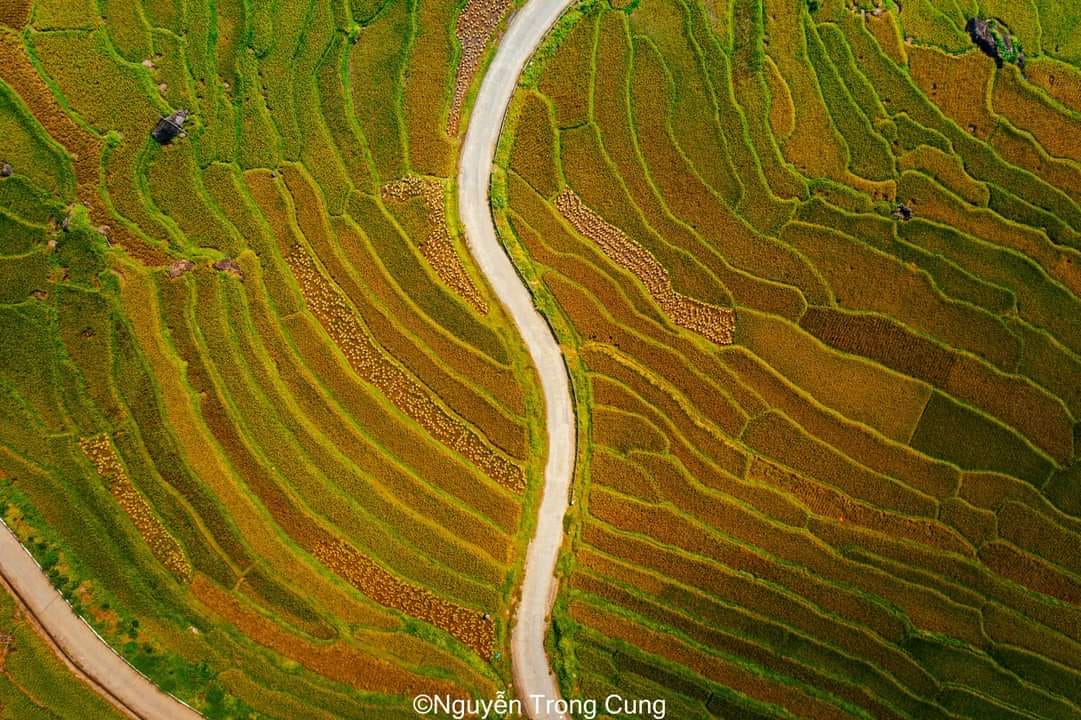
About four hours from Hanoi, Thanh Hóa province has a special secret: Pù Luông Nature Reserve. Life in Pù Luông is tucked away from the world, which makes it ideal for a retreat into nature. The mountains are covered in tropical forest, while the valleys are cultivated in gentle tiered rice fields. There are several small hamlets within the reserve, where ethnic Thai and Muong people have made their homes. Sleep in a homestay on the edge of the rice terraces, where you can go for long walks in Pù Luông’s refreshing scenery.
When to visit:
The terraces in Pù Luông turn a vibrant green from August until late October, when the golden hues of harvest take hold.
Source: Collected


